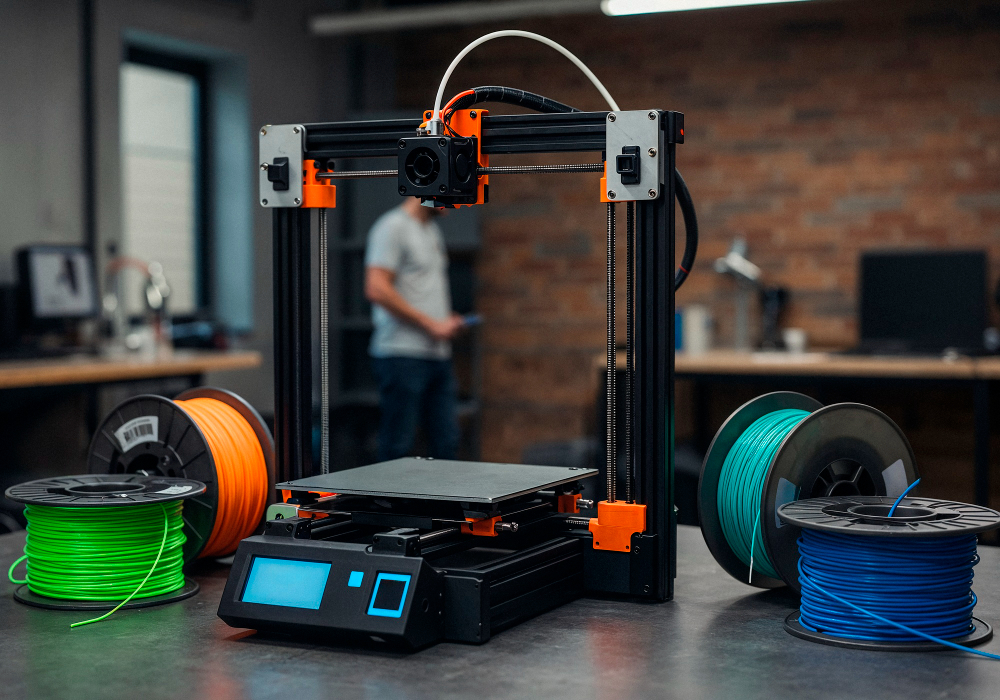What File Formats Are Supported by Cloud 3D Printing Platforms?




When preparing a 3D model for printing, the file format you use can make or break your workflow. From geometric accuracy to slicing quality, compatibility is essential — especially in cloud environments where multiple printers and users collaborate in real time.
In this guide, we’ll explore which file formats are typically supported by cloud 3D printing platforms, and how 3DPrinterOS ensures seamless, universal compatibility.
In a cloud environment, users often upload files from different CAD systems. Without unified format support, print jobs may fail or require manual rework.
3DPrinterOS solves this by supporting a wide range of 3D file types directly from the browser, automatically converting them to compatible formats during slicing.
With 3DPrinterOS, users no longer worry about “unsupported format” errors — the system takes care of conversions in the cloud.
Whether you’re printing with PLA on a desktop printer or managing a fleet in an enterprise lab, format flexibility is key. 3DPrinterOS offers unmatched support for all major 3D model formats, letting you focus on creativity — not compatibility.

En savoir plus sur 3DPrinterOS, le logiciel de gestion d'impression 3D le plus fiable pour l'enseignement supérieur, les entreprises et les OEM. Remplissez ce formulaire pour entrer en contact avec nos experts.
Gérez le flux de travail et les autorisations de vos utilisateurs
Partagez des fichiers et des imprimantes 3D avec des groupes d'utilisateurs
Contrôlez votre parc d'imprimantes 3D via un navigateur
Cloud Slicer et visionneuse de parcours d'outils
Réservez votre évaluation personnalisée dès maintenant et profitez de votre essai gratuit.